10 VR Programming Languages for Developing VR Applications
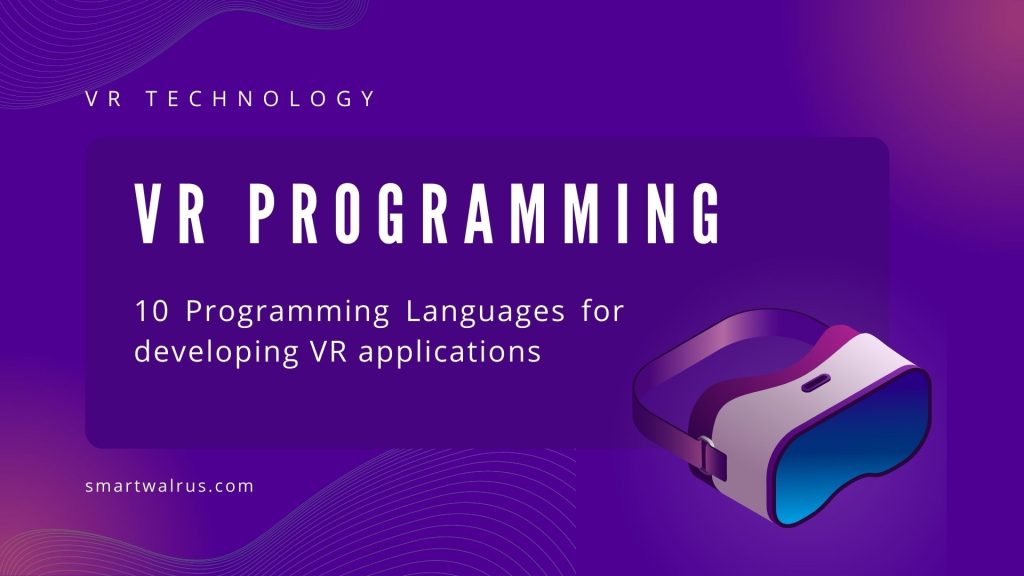
Virtual reality (VR) has been making waves in the technology industry, as it offers immersive experiences that take users to new worlds with just a VR headset. This article delves into the top 10 VR programming languages that are instrumental in the development of VR applications and the factors that make them optimal choices.
1. C++
C++ has long been the go-to programming language for gaming projects due to its high level of scalability and platform-agnostic nature. As a result, it is also an excellent choice for VR programming. Many popular games, such as The Witcher 3, Dark Souls, Elder Scrolls V: Skyrim, Player Unknown’s Battlegrounds (PUBG), and Fortnite, are developed using C++. Its robust performance and flexibility make it one of the best languages for metaverse-related jobs.
Key Features of C++ in VR Programming
- Scalability: C++ can be used for small and large gaming projects alike, making it suitable for VR applications of varying complexity.
- Platform-agnostic: C++ allows developers to move projects between operating systems with ease, ensuring that VR applications can be enjoyed across devices.
- Performance: C++ is known for its high-performance capabilities, which are essential for the resource-intensive nature of VR applications.

2. Java
Since its inception in 1995, Java has become one of the most widely used object-oriented programming languages for general computer programming. Java’s primary advantage is its minimal dependencies, which make it a versatile choice for VR programming. Java enables developers to create games for various platforms as well as the metaverse. Some notable gaming projects developed in Java include Mission Impossible III, Minecraft, FIFA 11, and Ferrari GT 3: World Track.
Key Features of Java in VR Programming
- Platform Independence: Java’s “write once, run anywhere” philosophy ensures that VR applications developed in Java can run on multiple platforms without modification.
- Object-oriented: Java’s object-oriented nature allows for modular code and easier management of complex VR applications.
- Large Ecosystem: Java has a vast ecosystem of libraries, tools, and frameworks that can be used to simplify the development of VR applications.
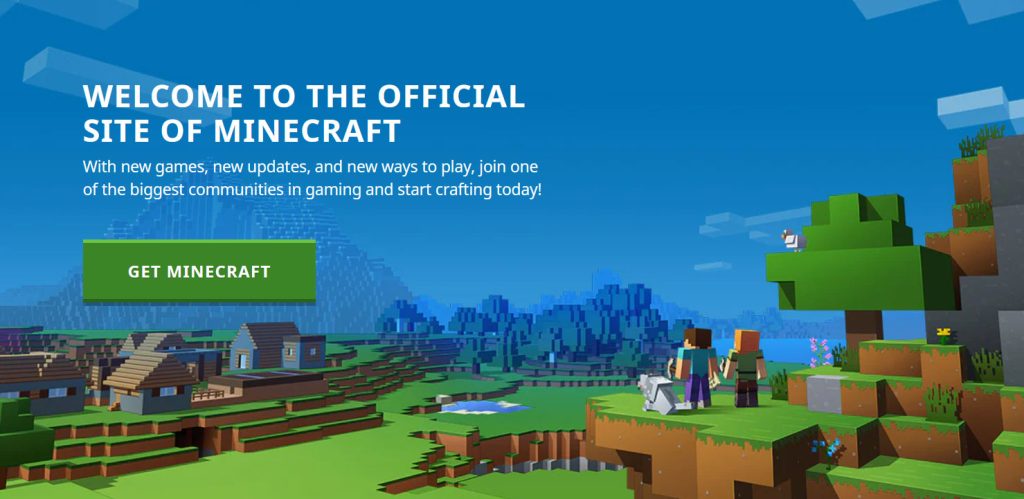
3. C#
C# is another popular choice for VR programming, particularly for Windows and Xbox games. While it is primarily used for coding in the Unity game engine, C++ is at the engine’s core. This combination makes C# a powerful option for VR programming. Well-known gaming projects developed using C# include Pokemon Go and Super Mario Run.
Key Features of C# in VR Programming
- Integration with Unity: C# is the primary language used in the Unity game engine, one of the most popular game engines for VR development.
- Ease of use: C# is known for its user-friendly syntax, making it easier for developers to create VR applications.
- Cross-platform: Like Java, C# supports cross-platform development, allowing VR applications to be used on multiple devices.

4. CUDA-C
CUDA-C is a programming language used by game developers to create desktop games with realistic visuals and depth. In VR programming, CUDA-C cores help create lifelike experiences by presenting high-resolution visuals and a profound 3D impression. Improved lighting and colors also contribute to the realism of VR applications developed using CUDA-C.
Key Features of CUDA-C in VR Programming
- High-quality visuals: CUDA-C allows developers to create VR applications with stunning visuals and realistic lighting effects.
- Performance: CUDA-C is known for its performance capabilities, making it an excellent option for resource-intensive VR applications.
- GPU acceleration: CUDA-C leverages the power of graphics processing units (GPUs) to optimize the performance of VR applications.
5. HTML5
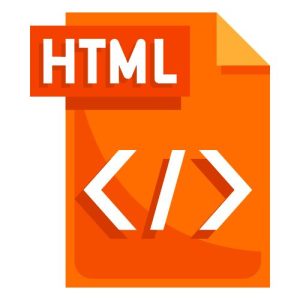
HTML5 has emerged as a popular platform for creating cross-platform and cross-browser applications and games. When used in conjunction with JavaScript, it becomes an excellent choice for VR programming. HTML5’s simplicity and ease of use make it a preferred choice for game designers looking to create immersive web-based VR experiences.
Key Features of HTML5 in VR Programming
- Cross-platform: HTML5 enables developers to create VR applications that run on various platforms, including web browsers.
- Integration with JavaScript: HTML5 can be used interchangeably with JavaScript to create interactive and dynamic VR applications.
- Ease of use: HTML5 is simple to learn and does not require extensive programming knowledge, making it an attractive option for VR developers.
6. Lua

Lua is a lightweight, cross-platform scripting language that is gradually gaining traction in the gaming industry. Its simple language syntax has made it a popular choice for VR programming. Lua is the primary programming language used by game engines such as Gideros Mobile, Corona SDK, and CryEngine. Popular gaming projects developed with Lua include Age of Conan, American Girl, Angry Birds, and Aquaria.
Key Features of Lua in VR Programming
- Lightweight: Lua’s lightweight nature makes it an ideal choice for VR applications that require minimal resource usage.
- Cross-platform: Lua is compatible with various platforms, ensuring that VR applications can be enjoyed on multiple devices.
- Simple syntax: Lua’s easy-to-understand syntax allows developers to quickly prototype and develop VR applications.
7. Python
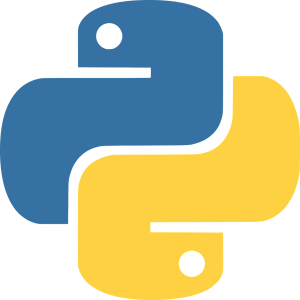
Python is a versatile and user-friendly programming language that has gained popularity among game developers. Using the Pygame framework, Python allows developers to rapidly prototype games. Its ease of use and flexibility make it a suitable choice for VR programming.
Key Features of Python in VR Programming
- User-friendly: Python’s easy-to-understand syntax makes it an excellent choice for developers looking to create VR applications.
- Flexibility: Python has a vast ecosystem of libraries and frameworks, offering developers numerous options for VR development.
- Rapid prototyping: Python’s support for rapid prototyping allows developers to quickly test and refine their VR applications.
8. JavaScript
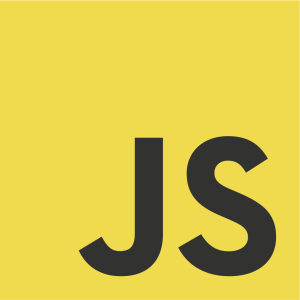
JavaScript is a cornerstone of web development and has become increasingly popular as the world moves towards a web-based economy. As online games become more prevalent, JavaScript has emerged as one of the top programming languages for creating interactive gaming projects. Its versatility and ease of use make it an excellent choice for VR programming.
Key Features of JavaScript in VR Programming
- Web-based development: JavaScript’s web-based nature allows developers to create VR applications that can be enjoyed through web browsers.
- Interactivity: JavaScript enables developers to create interactive VR experiences, keeping users engaged.
- Integration with HTML5: JavaScript can be used in conjunction with HTML5 to create dynamic, cross-platform VR applications.
9. Swift

Swift is an ideal choice for gaming projects and has caught the attention of developers looking to leverage its new features for creating immersive VR experiences. Using SpriteKit, developers can learn how to animate sprites and textures, master physics, animations, and collision effects, and build the user interface aspects of a game. Swift’s modern approach to programming makes it a strong contender in the VR programming landscape.
Key Features of Swift in VR Programming
- Modern syntax: Swift’s modern and clean syntax makes it easy for developers to create and maintain VR applications.
- Integration with SpriteKit: Swift’s compatibility with SpriteKit allows developers to create visually appealing and interactive VR experiences.
- Performance: Swift is designed for high performance, making it an excellent option for resource-intensive VR applications.
10. CSS3

Cascading Style Sheets (CSS) is a style sheet language used to describe the presentation of documents written in HTML or other markup languages. CSS3, the next generation of cascading style sheets, expands the ability to control the presentation of web content. When used in combination with HTML5, CSS3 enables developers to create visually appealing, web-based VR experiences.
Key Features of CSS3 in VR Programming
- Presentation control: CSS3 allows developers to fine-tune the appearance of their VR applications, creating visually engaging experiences.
- Integration with HTML5: CSS3 works seamlessly with HTML5, enabling developers to create dynamic, cross-platform VR applications.
- Ease of use: CSS3 is relatively easy to learn and use, making it an attractive option for developers looking to create web-based VR experiences.
In conclusion, the rapid growth of virtual reality has led to an increasing demand for developers skilled in VR programming. By familiarizing themselves with the top programming languages used in VR development, developers can create immersive, engaging experiences that cater to the ever-growing VR market.

Related Programming
15 Careers That Use Python Programming
The Benefits of Learning How to Code: Unlock Your Potential
How to Become a Computer Systems Analyst [4 Steps]
The Transition from Arts to Computer Science
Float vs Double: What’s the Difference?
From Zero to Hero: Learning Unity for Game Development
Top 10 Programming Languages to Learn and Why
12 Best Python IDEs for Programming